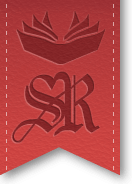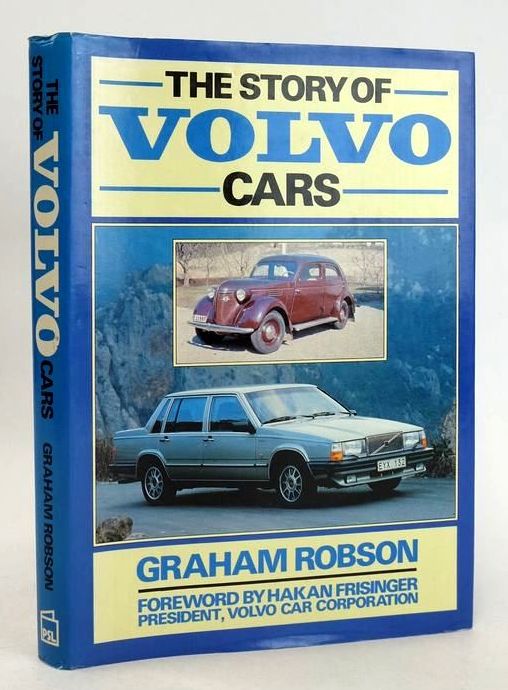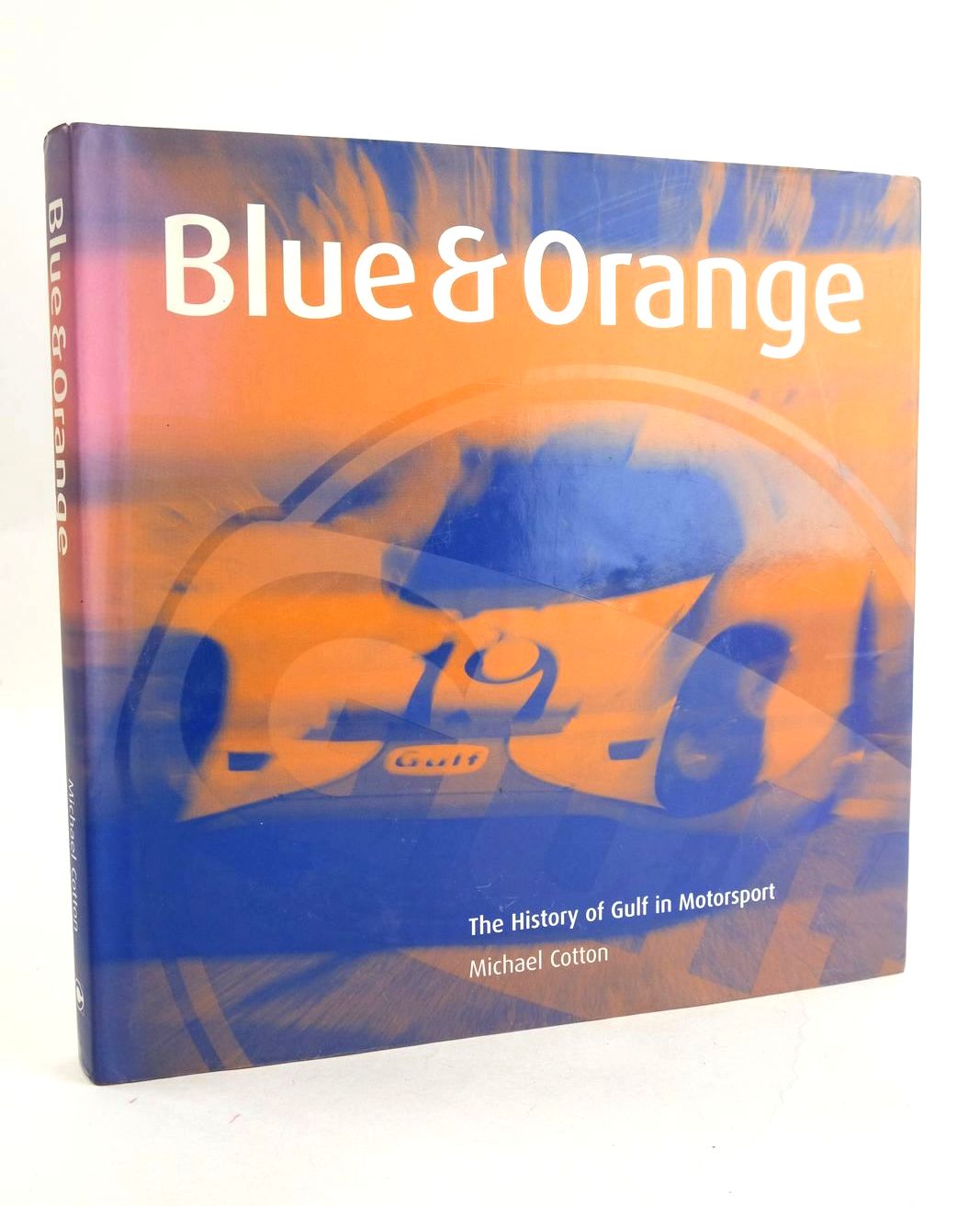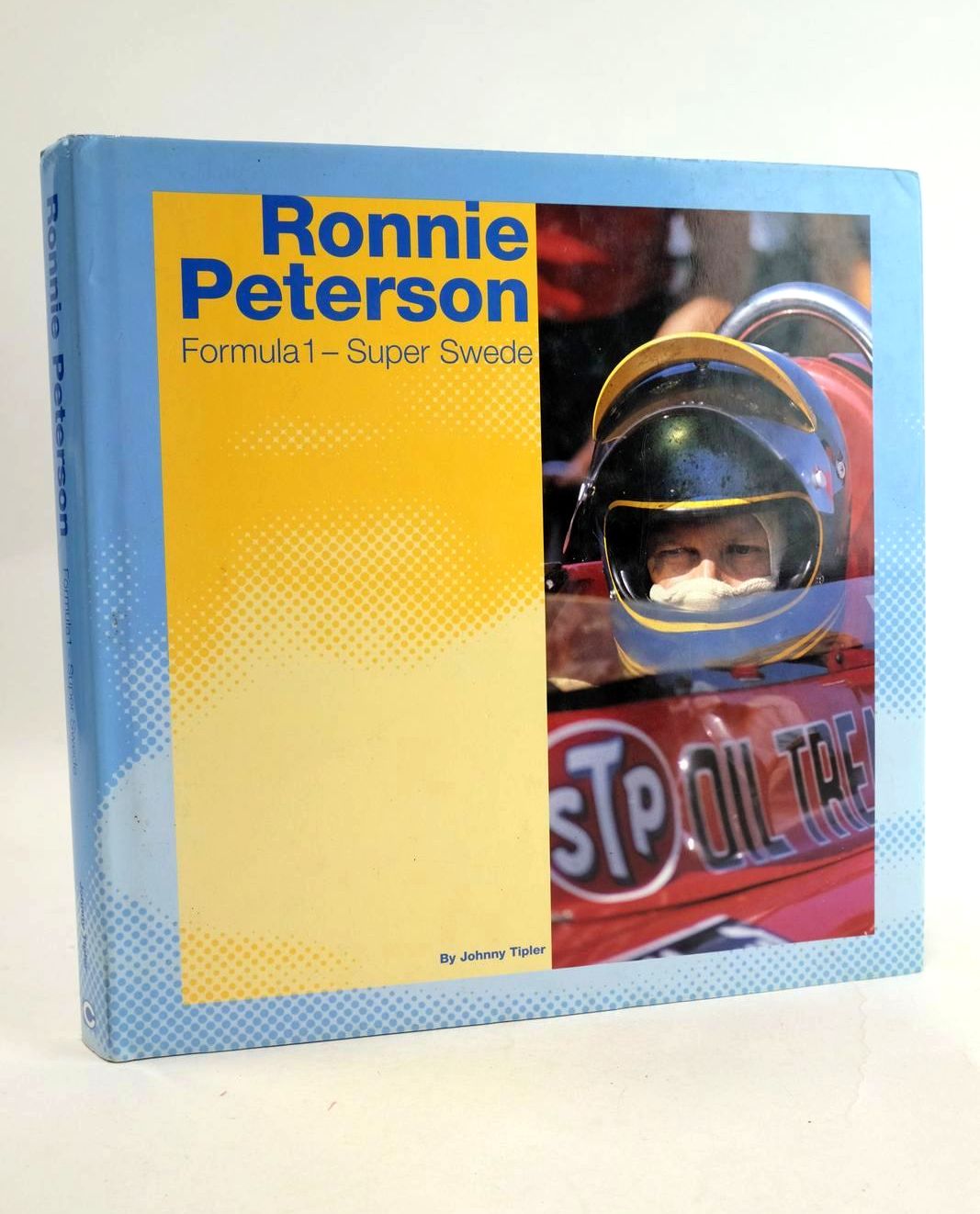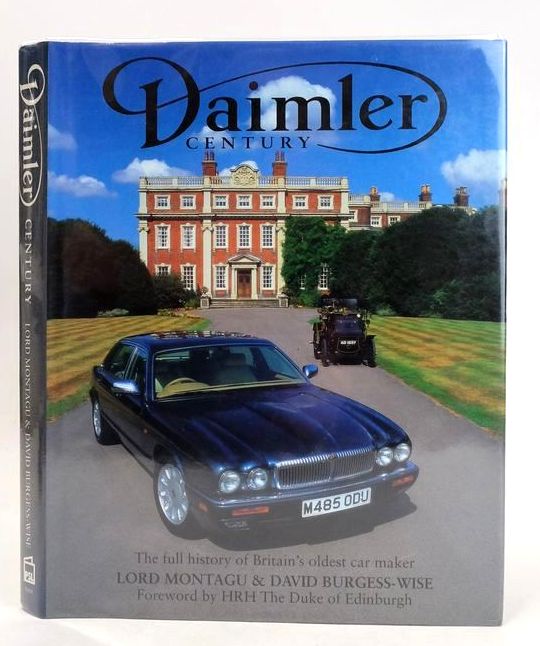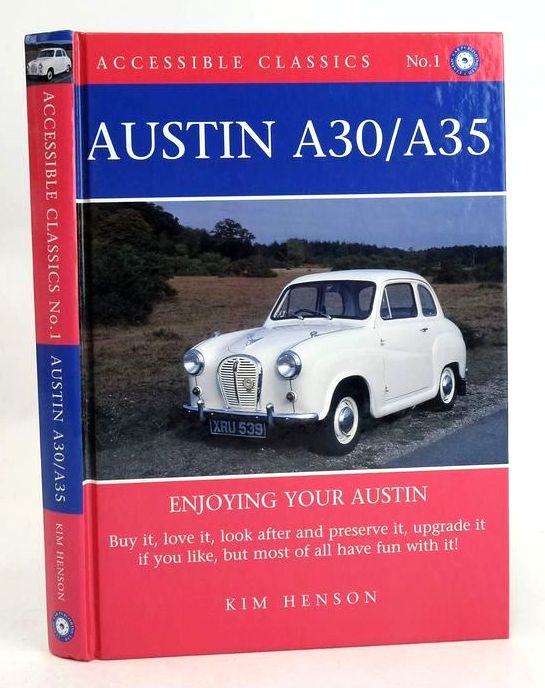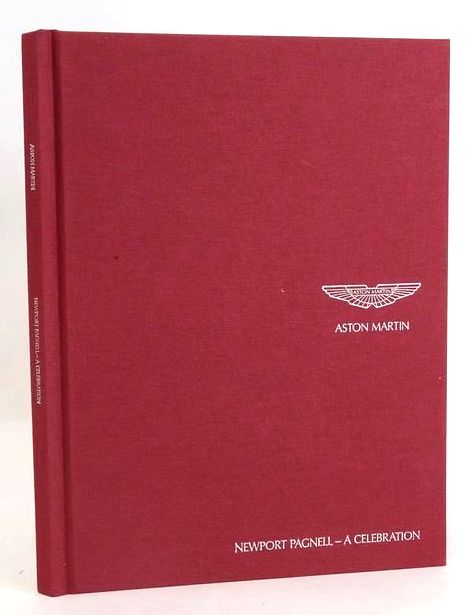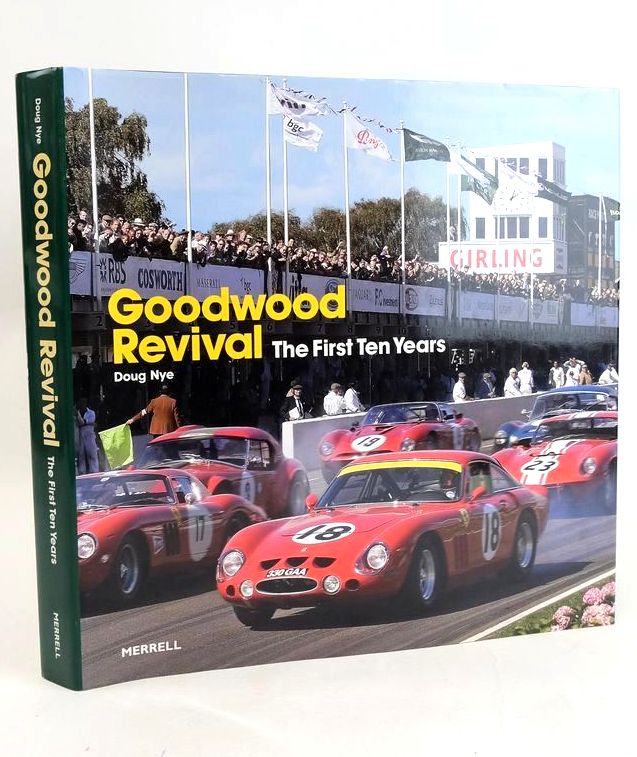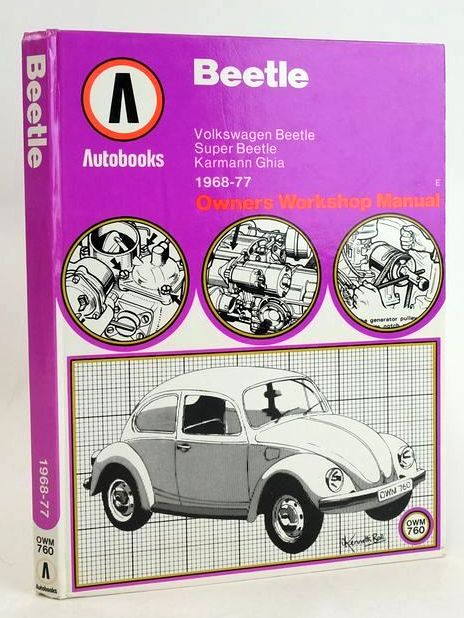The Motorist’s and Aviator’s YearBook and Diary 1910 with an A.B.C. Legal Guide by C.C. Macklin
“The motor-car went Poop-poop-poop, As it raced along the road. Who was it steered it into a pond? Ingenious Mr. Toad!” from Wind in the Willows by Kenneth Grahame” published 1908.
The early 1900s were a very exciting time for Motoring and Motor Sports, in 1901 the first Grand Prix was held in France, although the first racing track was built at Brooklands in Surrey in 1907. In 1900 there were approximately 700 to 800 cars on the UK roads but by 1920 there were 187,000. One of the first all British made cars was from The Wolseley Tool and Motor Company. Everybody was excited by the new technology eager to find out what would happen next.
Great advances had been made in the Motor Industry since the mid 1850s, remembering that in those early days if you wanted to drive a car on a public road you needed three people - two to operate the car and one to walk in front with a red flag! As the 19th century came to a close, we see the further development of the car. Karl Benz was influential in developing a car that could be driven by one person and ran on petrol. The Motor Car as we know it had arrived and by 1896 there was now an upper speed limit of 12mph.
In 1903 the Motor Car Act came into force requiring all motor car owners to register their vehicles and have a driving license, but at this stage there were no driving tests, although you could still be fined for ‘Reckless Driving’.
So this might be a small book but it would have been a must have guide for an early motorist. It is predominantly a guide to understanding the burgeoning motor industry and the laws that govern it.
In the early days of motoring, these books might also have come in handy –
Once you had bought your car you had to know all the rules and regulations.
So first the speed limit.
In 1910 the speed limit was 20 miles per hour (mph) although in some areas of the UK it was reduced to 10mph. However, by 1930 there was no speed limit at all until the Road Traffic Act of 1936 came into force.
Lights – A light was required for the front right of the car and a red light for the rear of the car, neither of which could be mounted so that they could be used as searchlights.
Stopping – A driver must stop at once if signalled to do so by a person in charge of a horse!
Accident?
1. Immediately stop
2. Exchange details
3. Make a sketch of the road and damage – it’s so much easier to use your phone these days.
So now you know the basic rules of the road, it’s off to explore the countryside and in the book we have a handy Touring Information section which covers the main routes out of London and their mileage, steep hills, garages for motorists recommended by the AA (Automobile Association), although I am not sure how many of these garages would still be around after 115 years.
It also includes a Hotel Directory where if you were a member of one of the motoring clubs you would more than likely have received a discount on an overnight stay. I was interested to know if any of the hotels were still around today after 115 years, and in our local area I found three (there may be more) - The Angel in Abergavenny (Monmouthshire), The Globe in Alvington (Gloucestershire) and the New Inn in Lechlade upon Thames (also in Gloucestershire).
After a refreshing night’s sleep on to your next adventure - Touring on the Continent. If you had decided to take your car via the Folkestone – Boulogne steamer crossing, you could pay all fees, deposits and taxes etc. before you go, and be met by a special AA representative at Boulogne. However, to drive anywhere you would need a Triptyque, a ‘circulation’ permit and a driving certificate.
To prepare you for your road trip the book shows you some of the Road Signs and Caution Boards you might encounter on your trip on the continent– don’t forget to sound your horn if you see a black or a white dot on the sign.
The book concentrates more on the motorist than the aviator, but it does includes other events, trial times and records for Motor Boating, Motor Cycles, Aeronautics and Channel Crossings by Balloon.
I love this sort of book - you definitely get the feeling that change was all around.
With the additional help of Wikipedia.
Contributed by Theresa
(Published on 15th Feb 2025)
